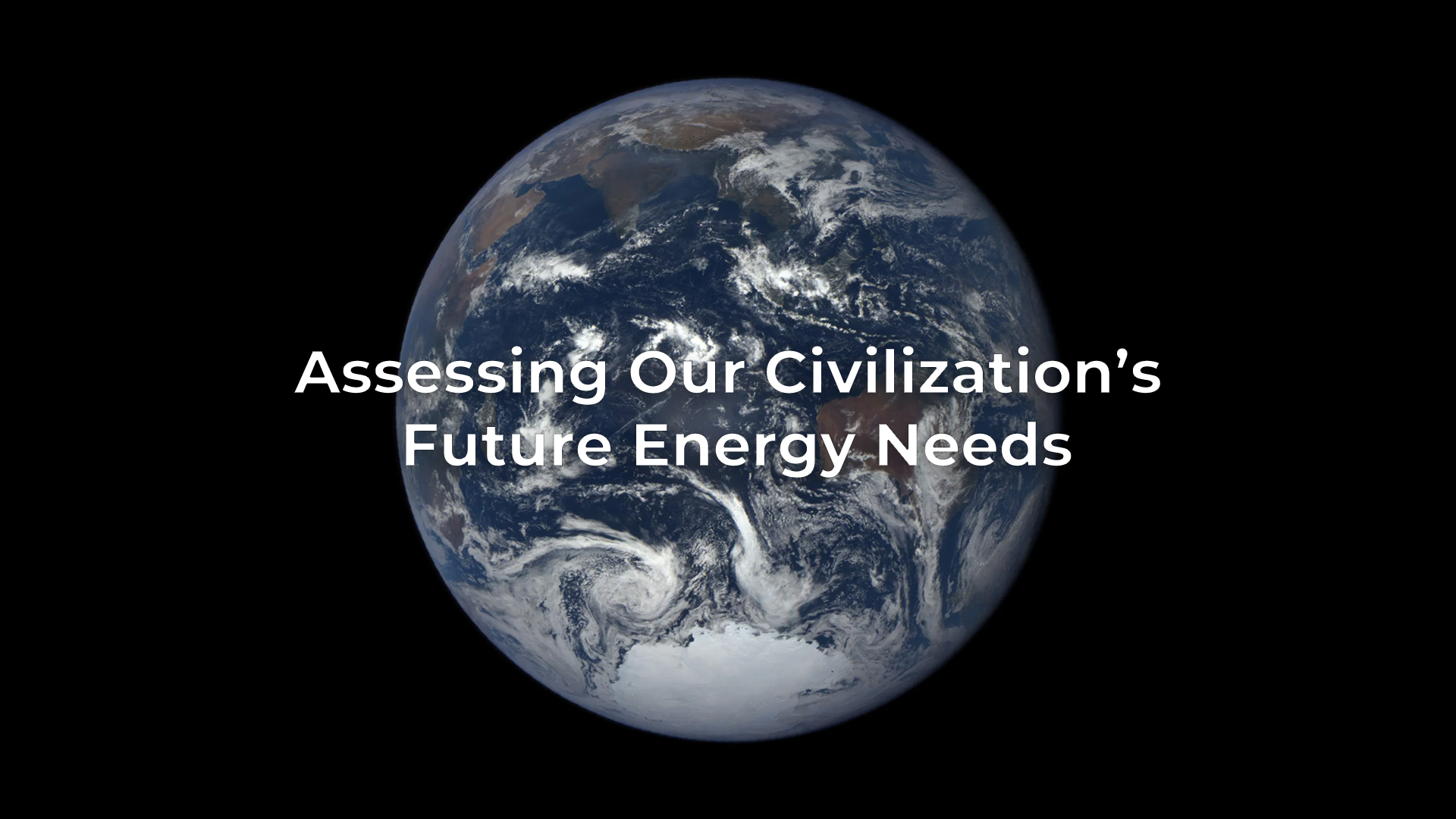Greater Earth Research
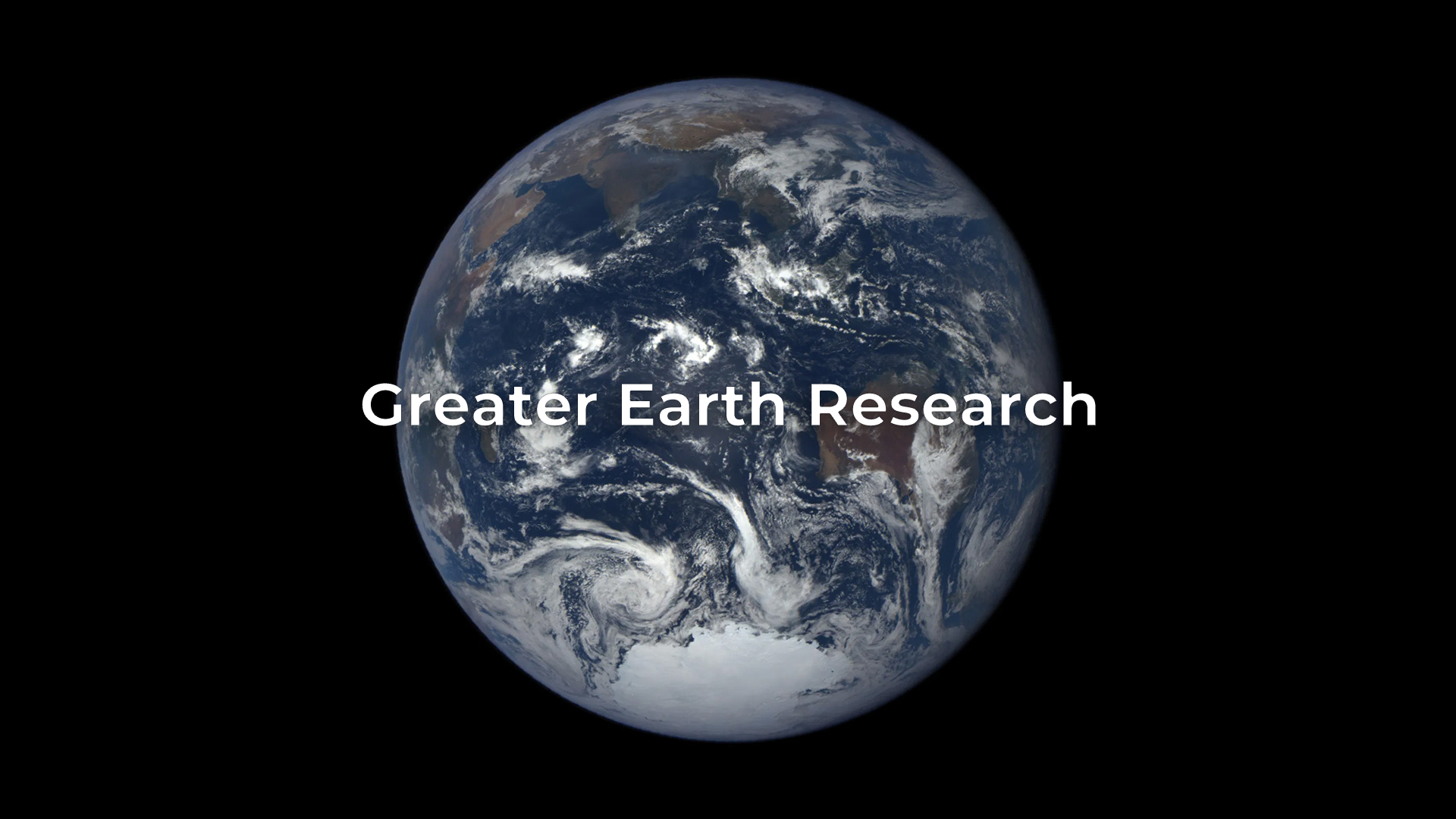
A selection of original articles investigating topics and issues relevant to Greater Earth.
7 Articles

A selection of original articles investigating topics and issues relevant to Greater Earth.
7 Articles
Arthur R. Woods
Cosmological myths are based on the newest information available to humanity. These myths have a major influence on human affairs and are often incorporated into artifacts such as images, objects and structures which become visual symbols of the information embodied in a particular myth and are used to communicate and/or access the perceived understanding.

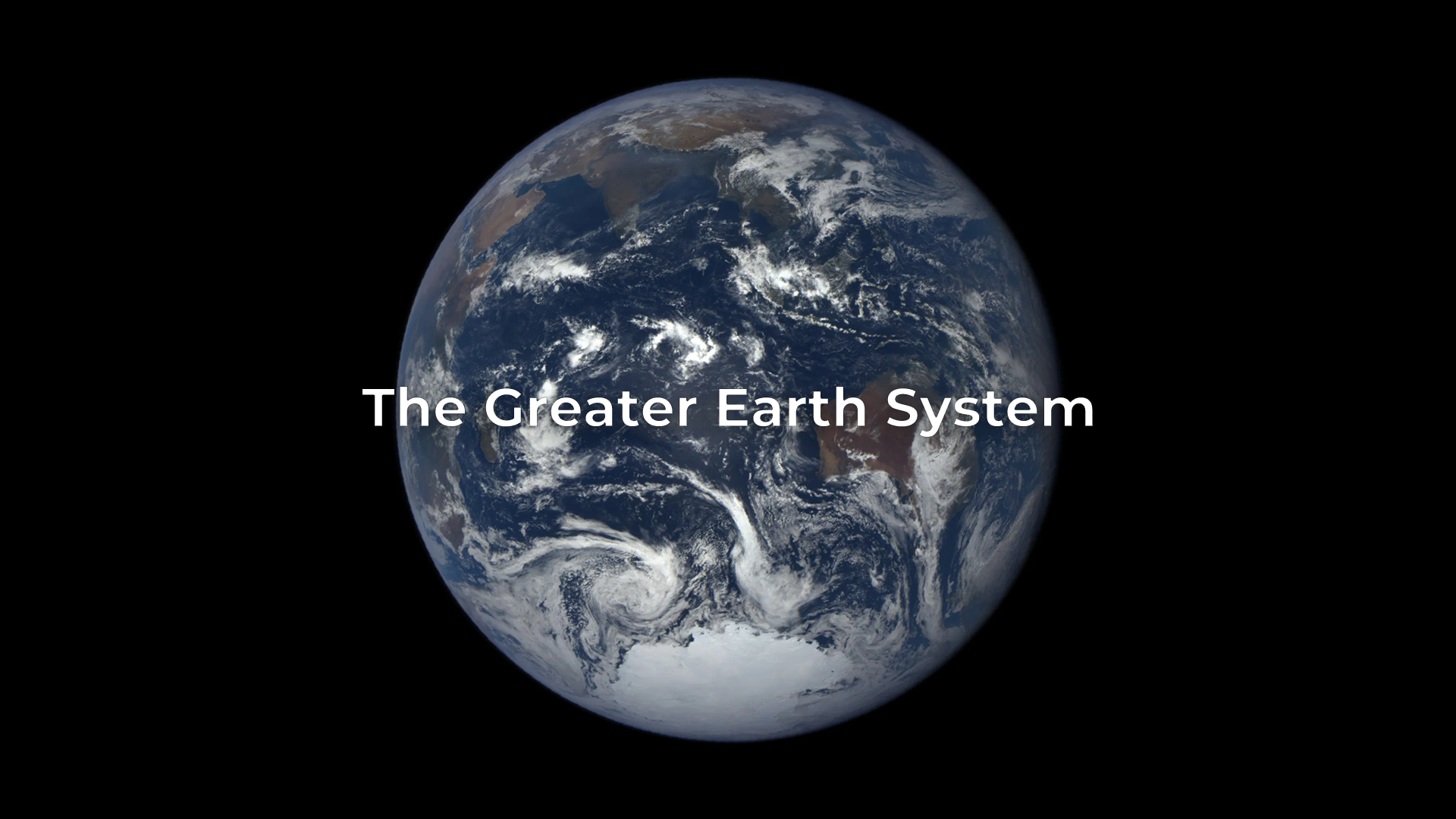
Arthur Woods
This article introduces the concept that Greater Earth is not only a region defined by celestial mechanics and the laws of physics but is also an interdependent dynamic system that contributed to the emergence and evolution of life on Earth.
Arthur R. Woods and Marco C. Bernasconi
Humanity is facing an imminent Energy Dilemma in that the limited proven reserves of fossil fuels could reach exhaustion levels at mid-century and none of the alternative terrestrial energy options – nuclear – wind – ground solar (PV) – can be sufficiently scaled to achieve the goal of divesting from fossil fuels by the year 2050 as is being called for by the United Nations, many governments and numerous organizations to address the Climate Emergency. Providing energy to Earth from space – either from orbit or from the Moon – is the only feasible and scalable alternative currently available to humanity to divest from fossil fuels in the near term while meeting its future energy needs. This Space Energy Option is seldom mentioned and rarely discussed as a way to address the interrelated climate emergency and the energy dilemma.
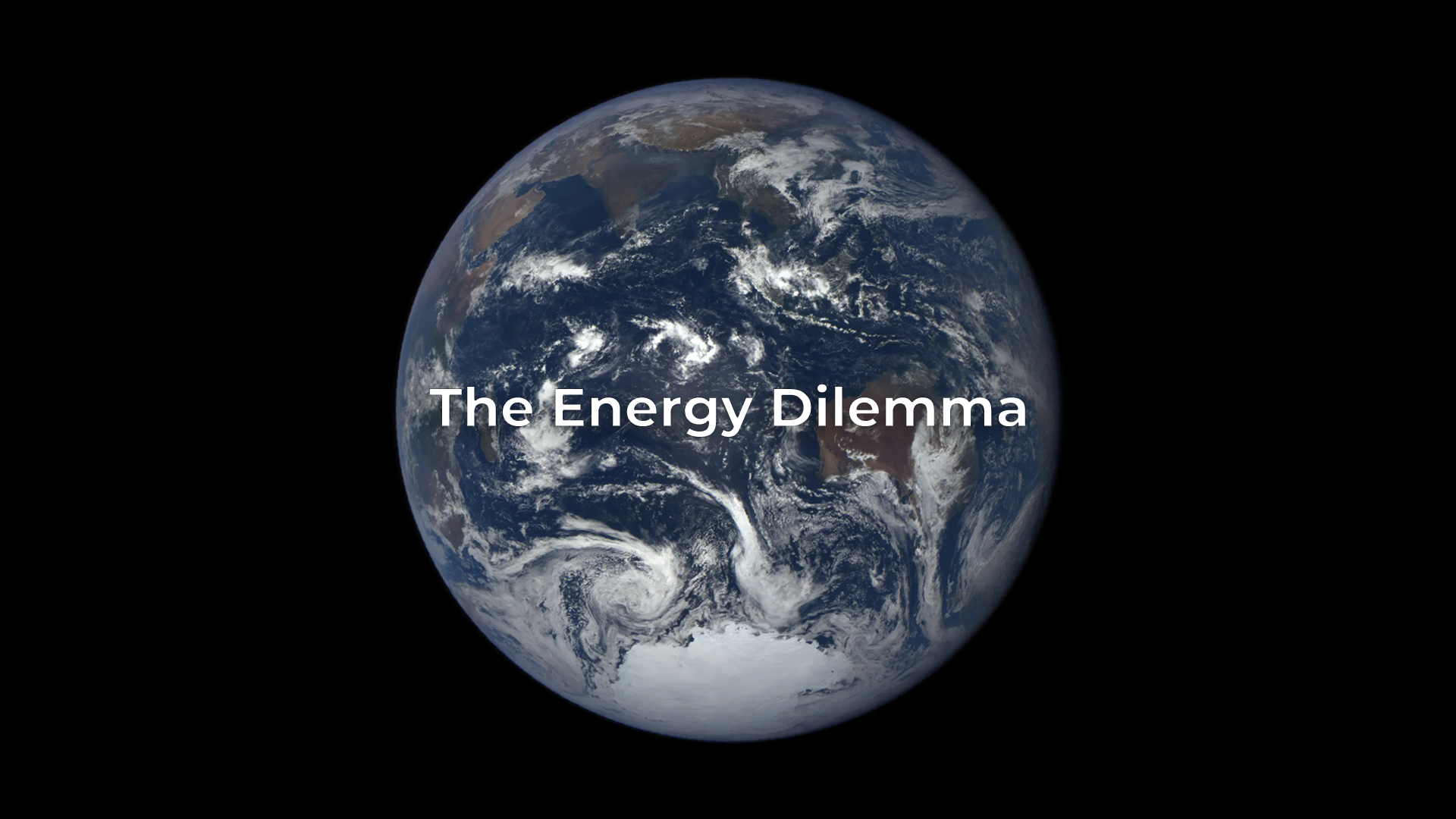
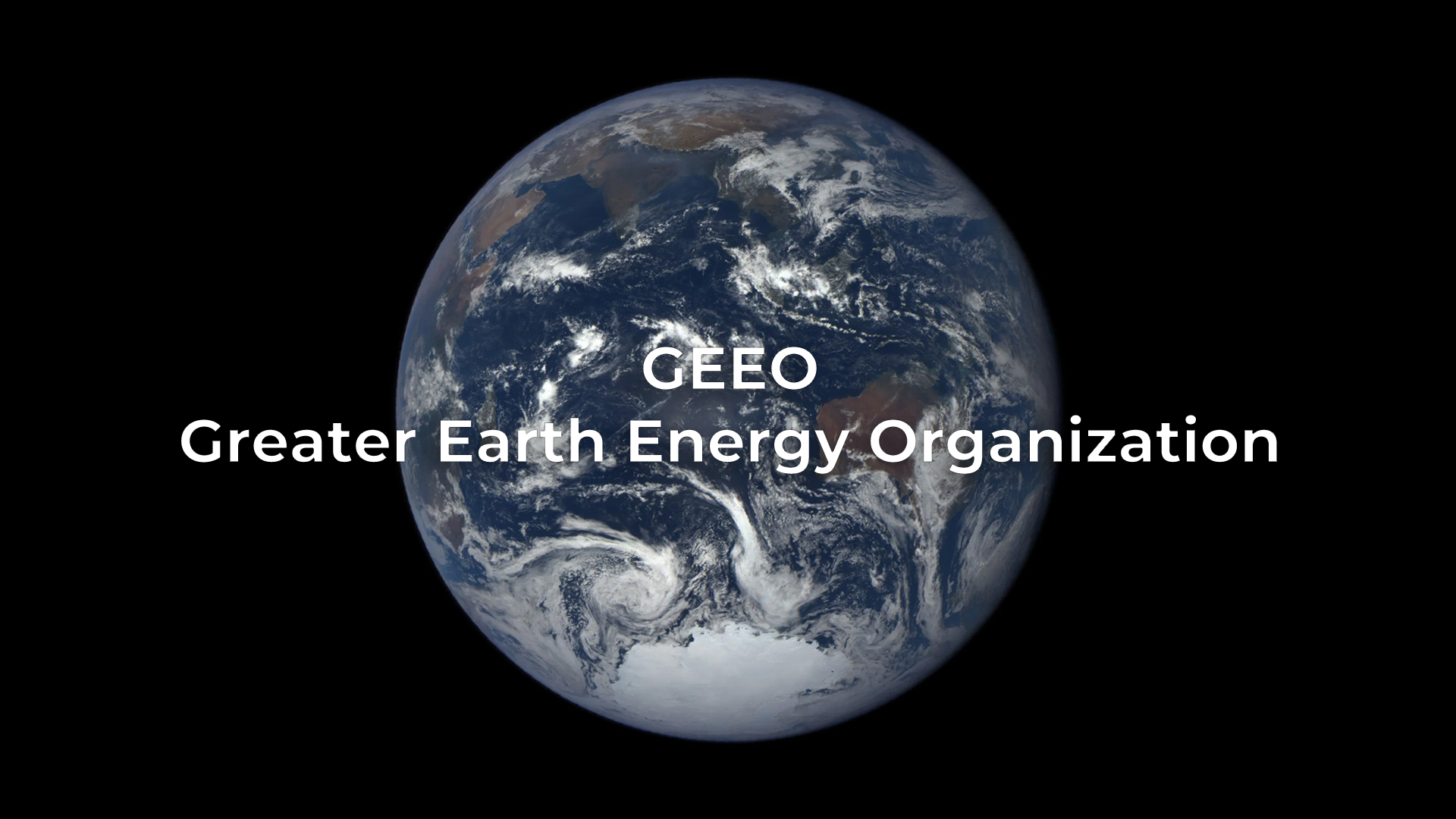
Arthur Woods
Humanity is at a crossroads: it must decide if it prefers to live and prosper in an energy rich world or attempt to survive in an energy poor one. An approach to finding a viable solution to the imminent climate and energy emergencies confronting humanity and an analysis of the options currently available are urgently necessary. To address this concern, an innovative plan called: “GEEO – the Greater Earth Energy Organization” is being proposed as a means to technically, economically and equitability to develop and implement the space energy option.
Arthur Woods
Most people are probably not aware that the idea of space exploration began in the mind of the artist or that artists have been intimately involved in space exploration from the beginning. Yet long before the first rocket penetrated the atmosphere, artists were making the concept of humanity traveling beyond Earth’s atmosphere a reality. This has led to a genre of art called Space Art sometimes referred to as AstroArt – two terms which can be used interchangeably when describing art related to artists who are inspired by or depicting outer space in their approach to art.
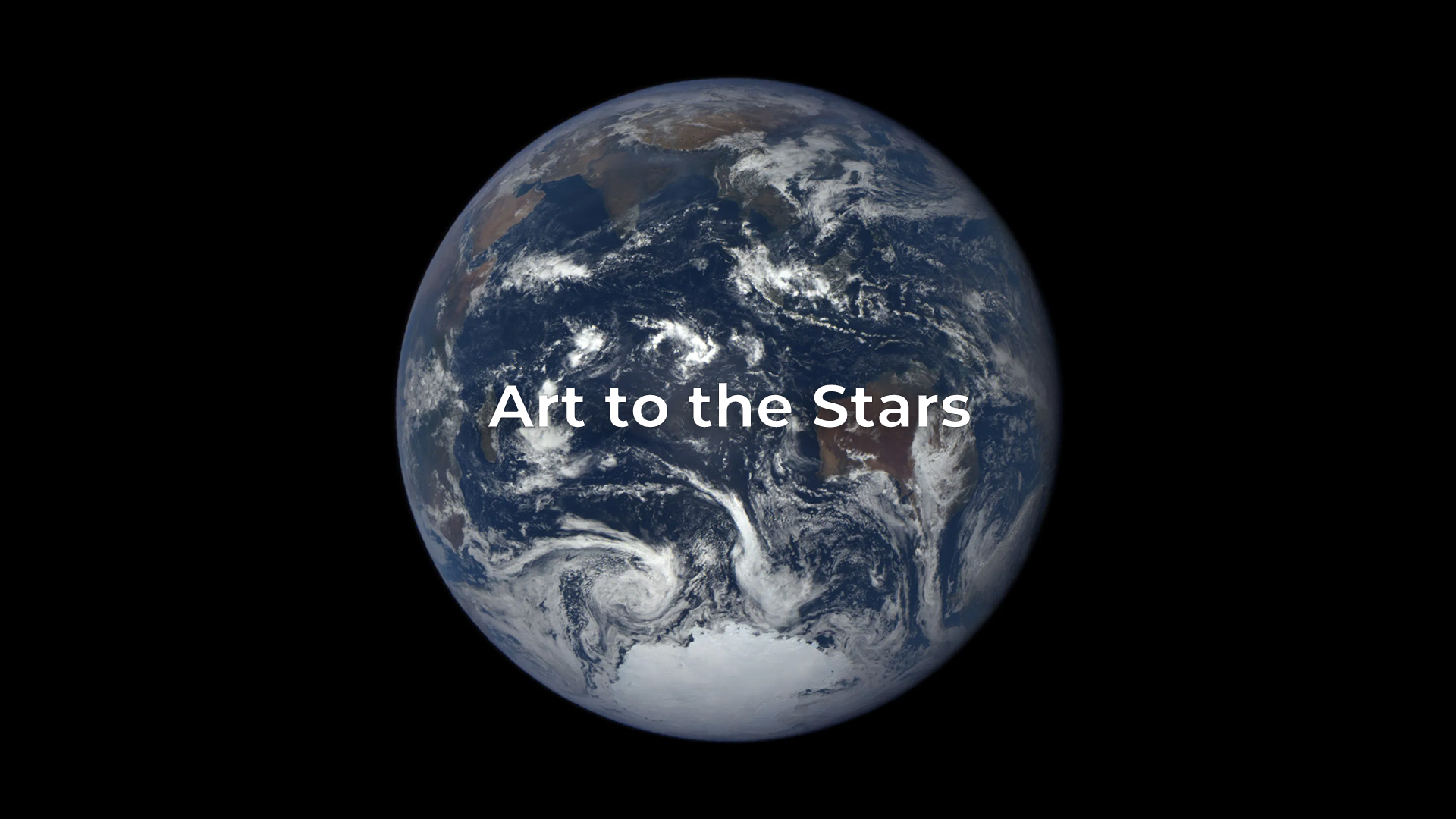

Arthur Woods
Most people intuitively assume and fundamentally believe that terrestrial problems must have terrestrial solutions. This is likely due to a lack of understanding about our interconnectedness and interdependence with the rest of the cosmos. As a terrestrially evolved organism, it is in our genes to adapt to our immediate environment as we have over millions of years. The articlecategorizes a number of problems, issues and challenges currently confronting human civilization and itemizes possible corresponding solutions that can be found through the utilization of resources available in the region Greater Earth.
Arthur Woods
This article introduces the need to consider a new perception of our planet called Greater Earth. A perception that is based on Earth's true cosmic dimensions as defined by the laws of physics and how this new perception may catalyze an optimistic path to a sustainable and prosperous future
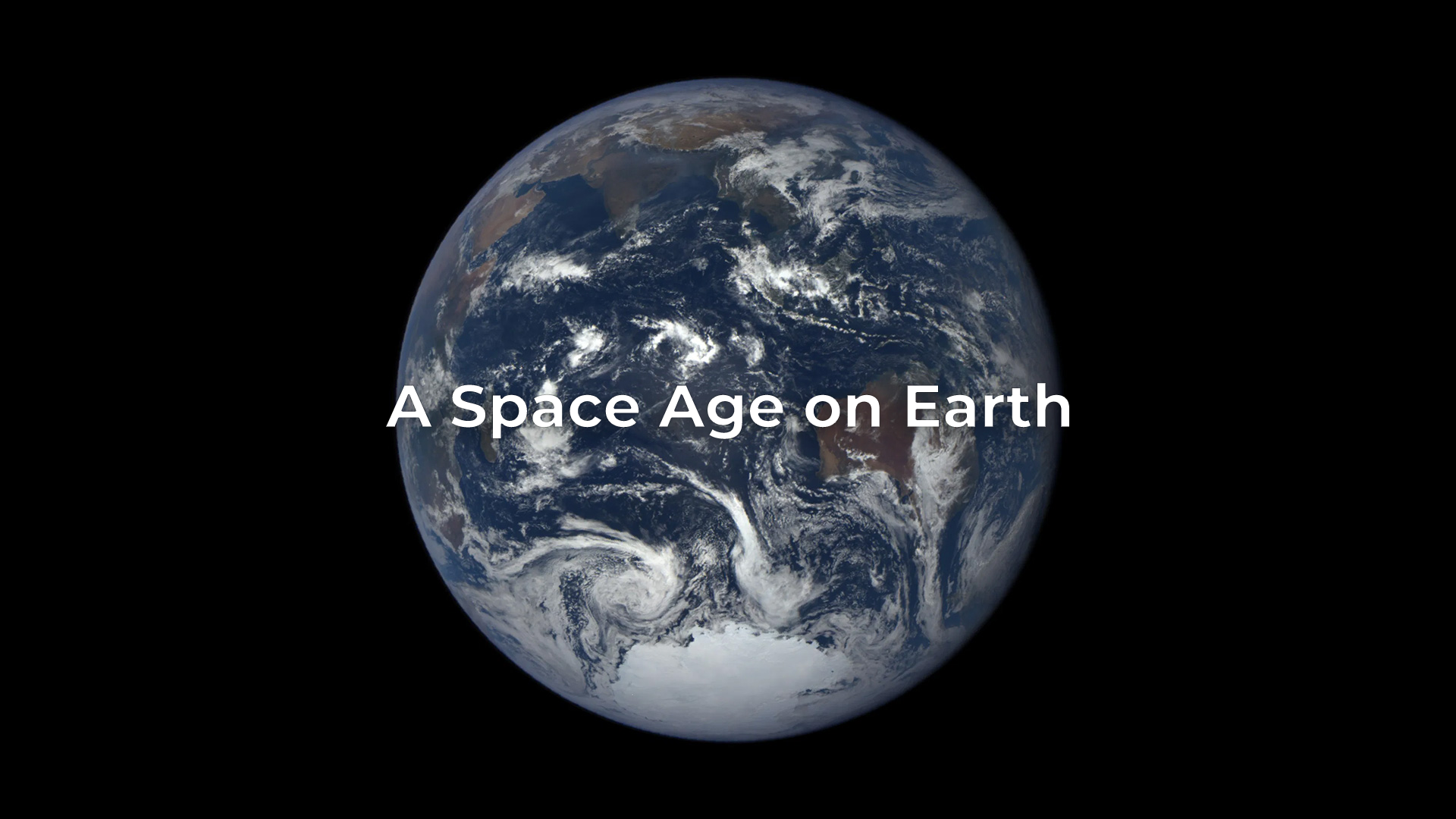
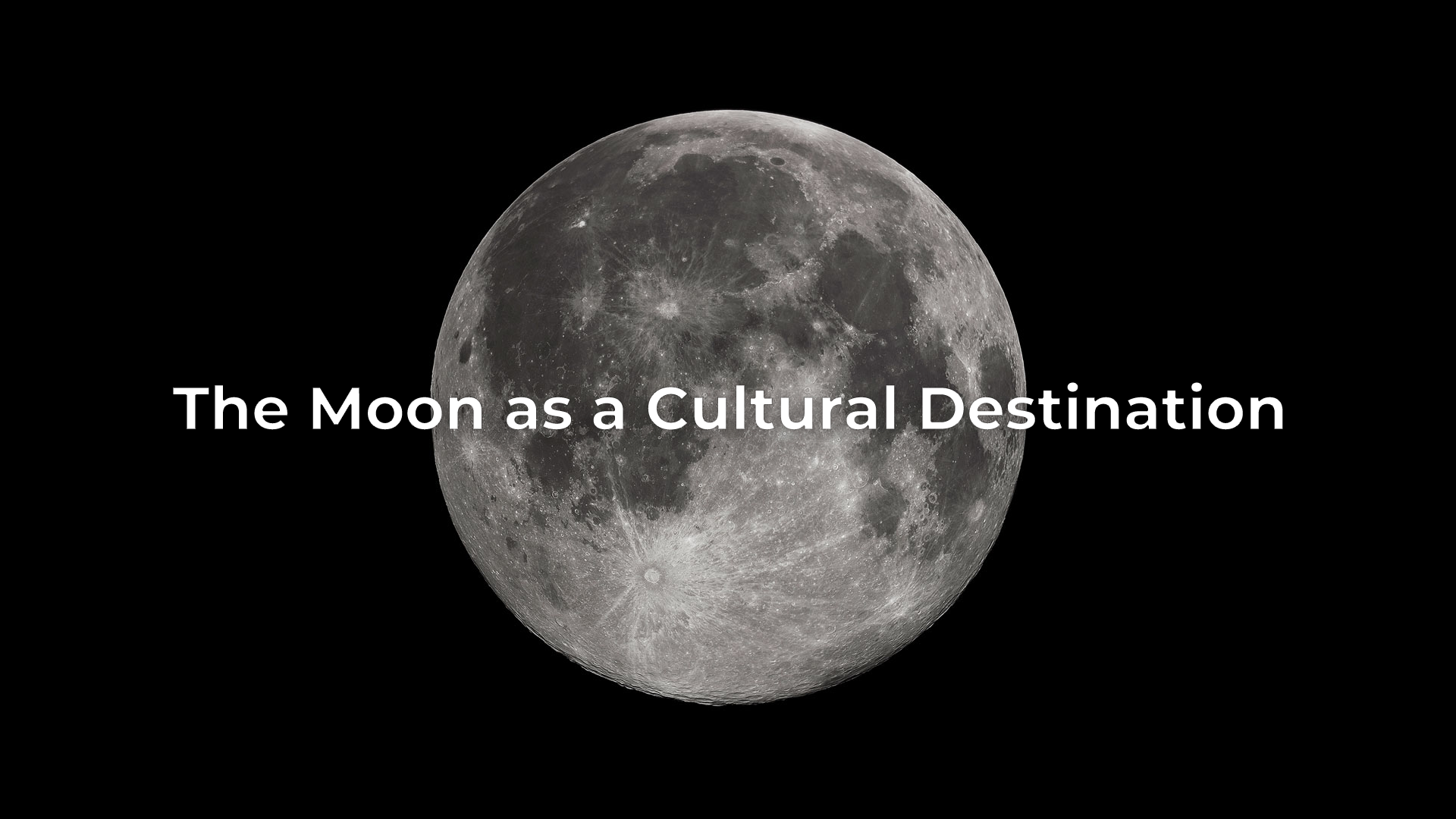
Arthur Woods
The creation of contemporary art is inextricably tied to the process of creating human civilization. Within this perspective, art making will occur as a part of space exploration, and in fact art making must be encouraged in space as one of the ways without which, in the long run, human use of space will be incomplete and unsuccessful.
Roger Malina
Arthur Woods
This article looks at the future energy needs of our civilization by examining the predictions and recommendation of recently published studies by the three of the world’s important energy organizations: the World Energy Council (WEC, the U.S. Energy Information Administration (EIA) and the International Energy Administration (IEA). Each organization has made predictions about the future energy needs of society by mid-century and how these predictions will be fulfilled. The article concludes with a projection about the potential size and value of the energy market in the years 2035-2050.
